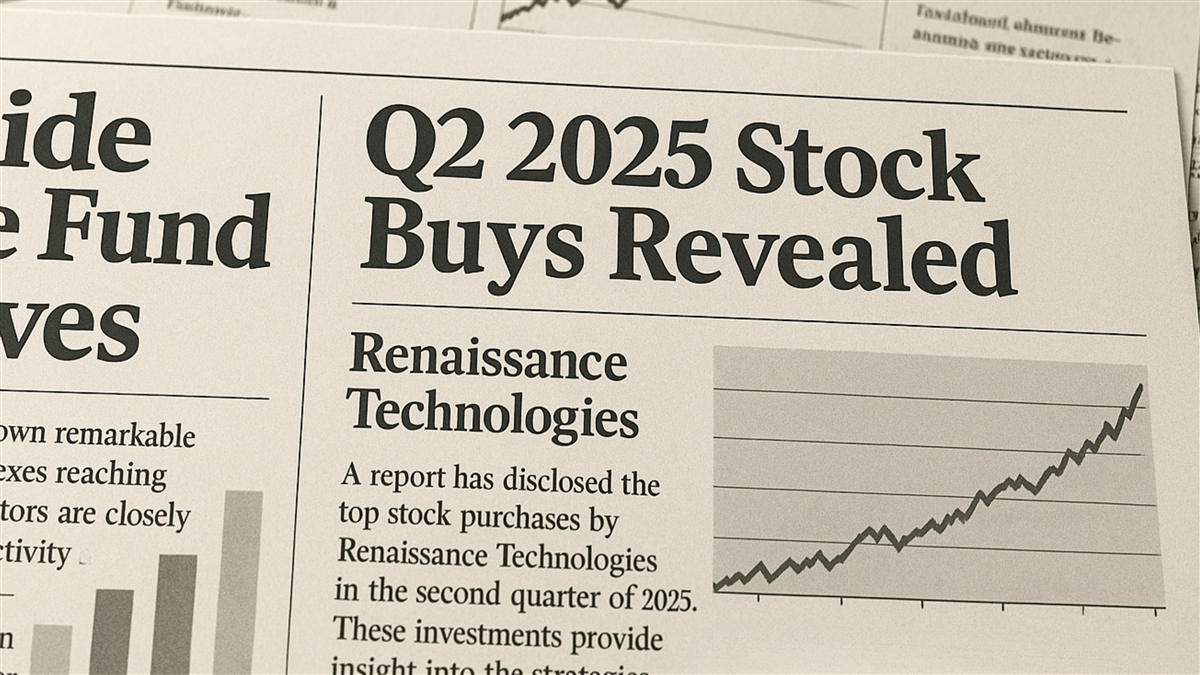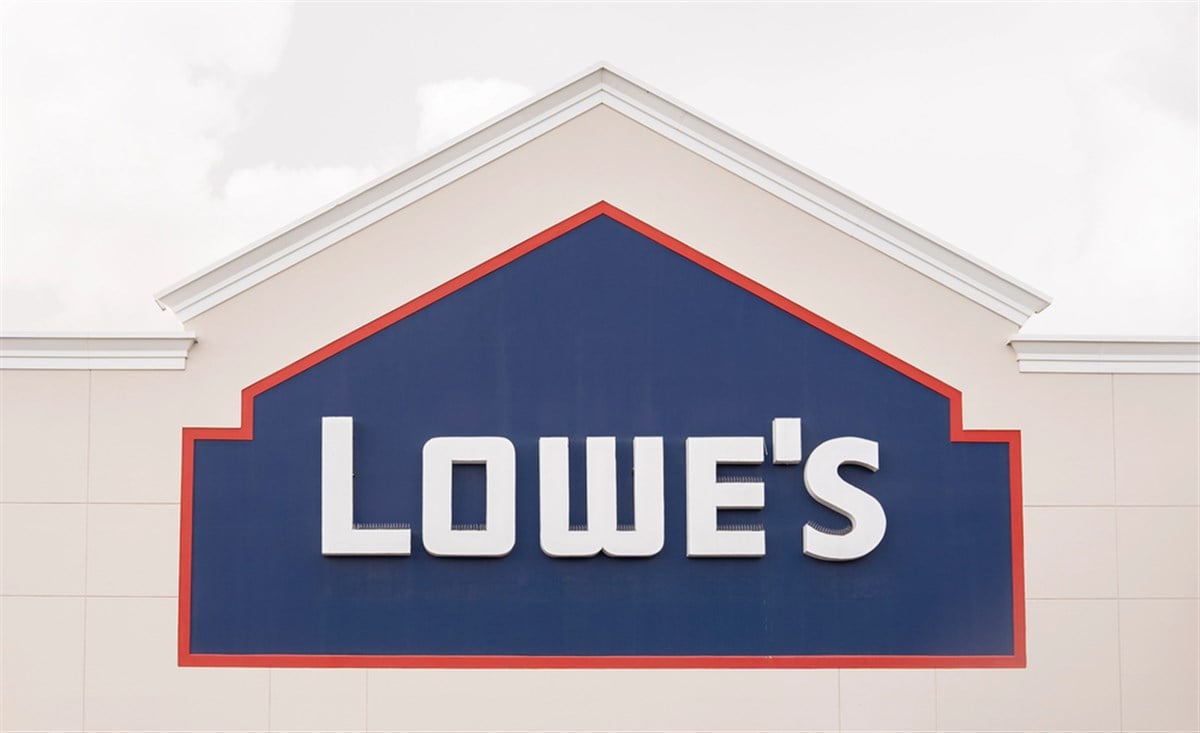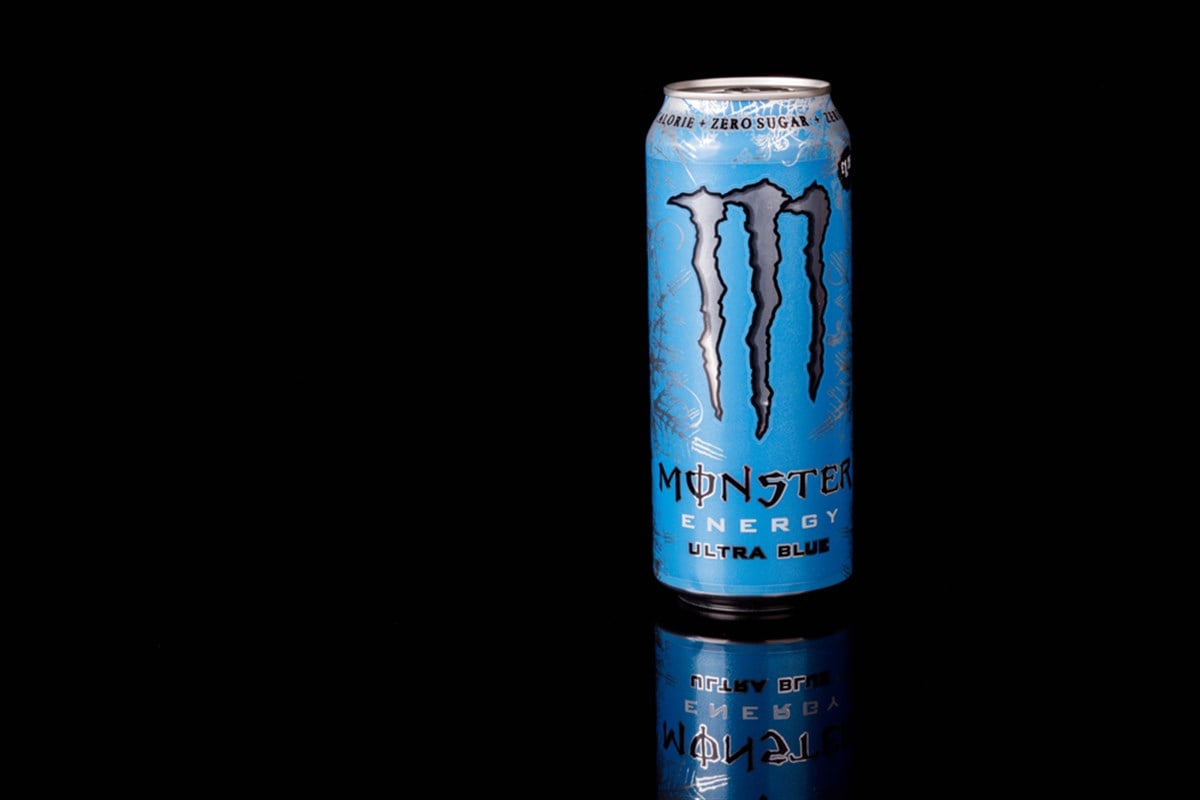Renaissance Hedge Fund Adds NVIDIA, Follows Buffett Into UNH

Renaissance Technologies is often referred to as the most successful hedge fund of all time. From 1998 to 2021, the firm’s Medallion Fund generated annualized after-fees returns of 39%.
Despite the company’s legendary leader, Jim Simons, having passed away in 2024, Renaissance’s quarterly moves continue to provide investors with an interesting perspective on the stock market. Below, we’ll detail the firm’s biggest moves and top holdings in Q2. Note that this holding data only goes through June 30.
Palantir Remains No. 1 Holding Despite 17% Trim in Q2
In Q1, Palantir Technologies (NASDAQ: PLTR) and Robinhood Markets (NASDAQ: HOOD) were both in the top five holdings in Renaissance's portfolio. Palantir continues to be the company’s largest holding. This comes even though Renaissance reduced its number of Palantir shares held by around 17% in Q2. Retaining its position as the portfolio’s top holding despite this is a testament to Palantir’s extremely impressive performance. The stock gained approximately 61% from March 31 to June 30.
Overall, when it comes to Palantir, it appears that Renaissance still wants the stock in its portfolio, but it is persistently taking gains to invest in other opportunities. With shares up nearly 400% in the past 52 weeks and the stock trading at a forward price-to-earnings (P/E) ratio north of 200x, that logic certainly makes sense.
Renaissance looks like it may now be taking a similar approach with Robinhood. The stock remains in the company's top five holdings, even though Renaissance reduced its number of shares by 31% in Q2. Robinhood also performed incredibly well in the quarter, up approximately 125%.
That performance is likely what led the firm to reduce its shares of Robinhood by such a large amount. Notably, Robinhood reached its all-time high forward P/E of around 71x in early June. However, the stock has come down considerably, trading at a forward P/E of around 54x as of the Aug. 19 close.
Great Minds Think Alike: Buffett and Renaissance Buy UNH
Berkshire Hathaway's (NYSE: BRK.B) decision to buy UnitedHealth Group (NYSE: UNH) in Q2 drew significant attention as the stock fell by as much as 48% during the quarter. Renaissance made a similar move.
UNH was the firm’s most notable new position, with the company buying approximately 1.35 million shares. That’s a much smaller buy compared to Berkshire’s purchase of more than five million shares.
This makes sense considering the makeup of Renaissance’s portfolio. It contains thousands of different positions, compared to only around 40 for Berkshire. As of the Aug. 18 close, UNH trades only around 15% higher than its lowest level in Q2. This suggests that if investors want to follow along with Buffett and Renaissance’s strategy, they can likely still capture much of the potential value these institutions saw.
Renaissance Moves Back Into NVIDIA in a Massive Way
The most notable position that Renaissance added to in Q2 was chip-giant NVIDIA (NASDAQ: NVDA), moving to the second-largest holding in the portfolio. Renaissance’s shares of NVIDIA went from around 1.1 million in Q1 to 7.4 million in Q2, a massive 584% increase. Still, it is highly important to note that Renaissance’s positioning in NVIDIA tends to change dramatically from quarter to quarter. This strongly suggests that the firm is trading the stock rather than simply buying and holding it.
NVIDIA’s average closing price in Q1 and Q2 was virtually unchanged at $126. The stock’s high and low closing prices during the quarter were also relatively similar. This indicates that price action alone wasn’t the main driver of the company’s decision to change its position so dramatically.
One possible explanation for this move is that Renaissance reduced its NVIDIA exposure in Q1 on DeepSeek-related fears. They may have then judged these fears to be overblown and rebuilt their position in Q2. That is similar to how much of the market responded.
Insights From Renaissance’s Q2 Moves
Overall, Renaissance’s moves shed light on two notable strategies that investors might consider. First off, taking profits on huge winners over time and reinvesting into other names can be worthwhile. Additionally, when dominant players in a particular industry tank, selective dip-buying may be a good move.
Learn more about PLTR


